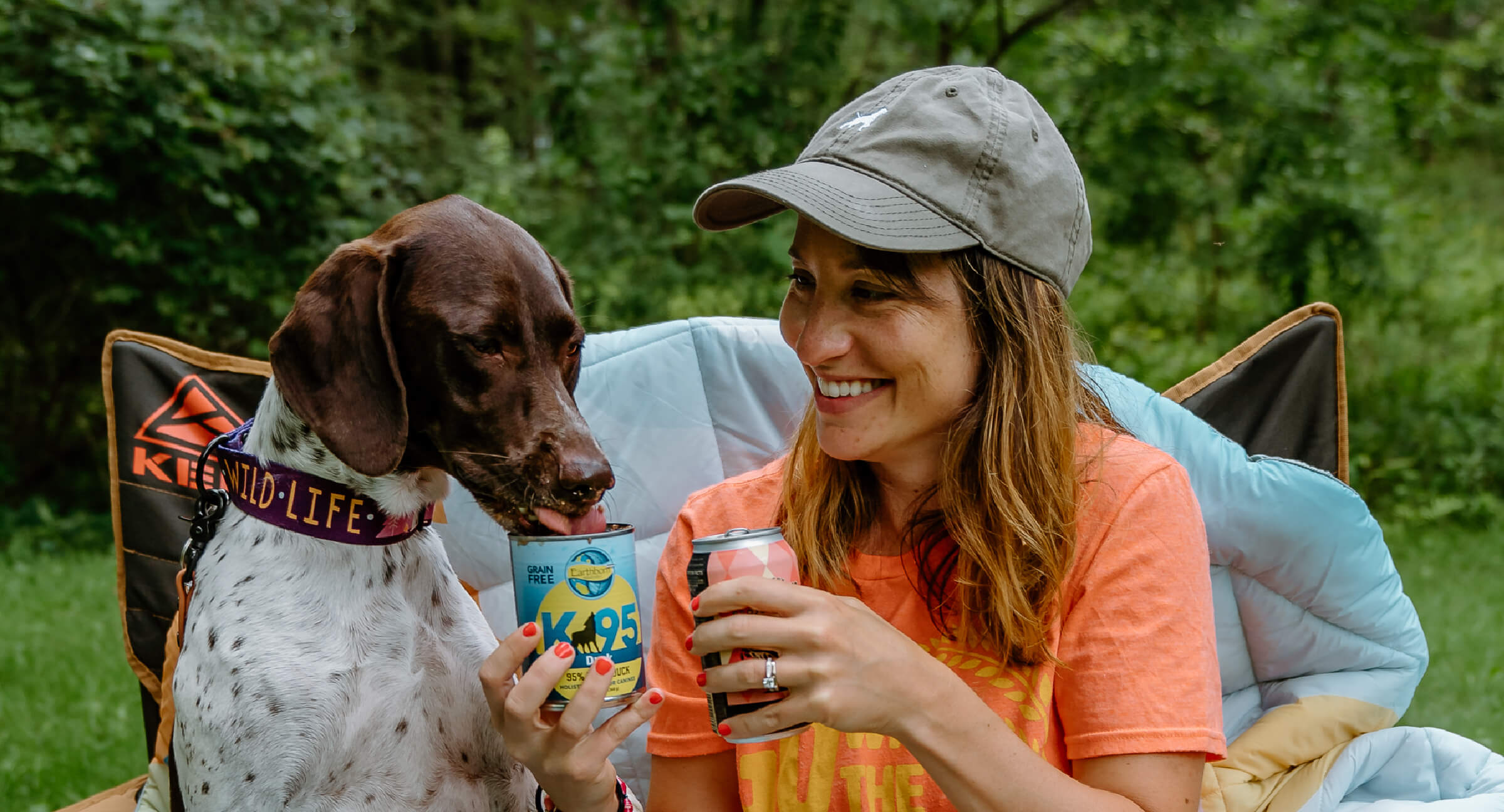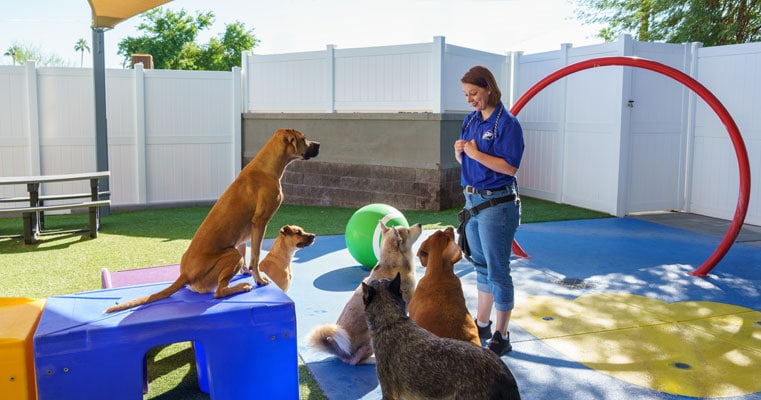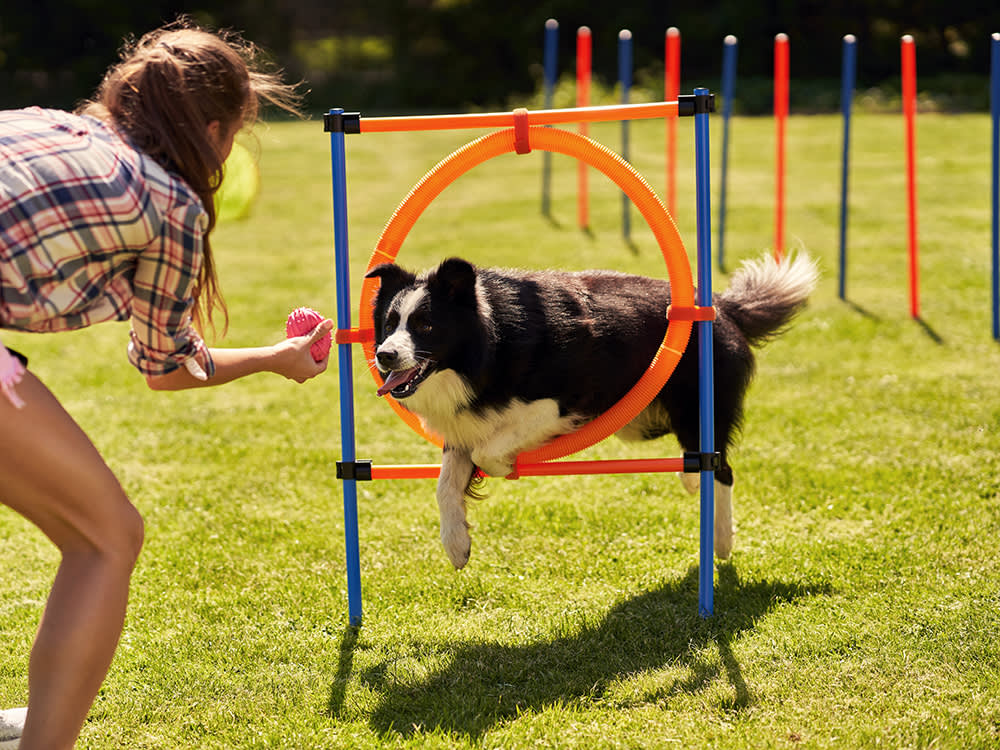Step-by-Step Approach to Dog Training: Simple Tips for Every Dog Owner
Step-by-Step Approach to Dog Training: Simple Tips for Every Dog Owner
Blog Article
Leading Pet Educating Methods Every Proprietor Need To Know

Positive Support Techniques
Using favorable support methods is important for effective dog training, as it cultivates a trusting bond between the dog and the instructor. This approach focuses on satisfying desirable actions instead of punishing unfavorable ones, creating an environment helpful to finding out. Benefits can include treats, praise, or play, which inspire canines to duplicate the actions that make them these rewards.

Additionally, this approach improves the canine's enthusiasm for training sessions. When canines connect training with positive experiences, they are more engaged and receptive. Beyond prompt actions adjustment, positive support urges a joint partnership between the canine and trainer, lowering anxiousness and concern
To optimize effectiveness, it is crucial to deliver benefits immediately, ensuring the pet dog connects the actions with the reinforcement. Fundamentally, positive support techniques not only produce better-trained pet dogs yet likewise promote an unified collaboration in between pet and proprietor.
Clicker Training Approach
The clicker training technique is an extremely reliable technique that builds on the principles of favorable reinforcement by including a distinctive audio to mark desired actions. This method uses a small portable device that creates a clicking sound, enabling instructors to connect with their dogs in a clear and immediate manner. When a pet executes a habits that the proprietor wants to encourage, the remote control is turned on, adhered to by an incentive, generally in the type of treats or praise.
The key to effective remote control training exists in uniformity and timing. It is crucial to click at the specific moment the wanted actions happens, making certain that the pet connects the audio with the activity and the subsequent incentive. This approach not just enhances communication however additionally cultivates a stronger bond between the dog and the proprietor, as it encourages interaction and interaction during training sessions.
Remote control training can be put on a variety of commands and habits, from basic obedience to much more intricate tricks. Its versatility and performance make it a preferred method among professional trainers and animal proprietors alike, paving the method for a responsive and well-trained canine companion.
Chain Training Essentials
Reliable leash training is essential for making certain a risk-free and pleasurable strolling experience for both dogs and their proprietors. Dog training. Chain training need to begin early and be approached with persistence and uniformity. Begin by picking an ideal leash and collar or harness. A flat collar might benefit some canines, while others may gain from a harness that decreases drawing.
Introduce your pet dog to the chain gradually, permitting them to discover it in a comfortable setting. Practice loose-leash walking once they are accustomed. This includes gratifying your dog for walking close to you instead than pulling in advance. Use treats and appreciation to reinforce preferred behavior, and make certain to continue to be calm and assertive.
If your pet dog starts to draw, stop walking right away. In site addition, method different walking environments to help your pet adjust to disturbances.
Routine technique will solidify your dog's understanding of chain etiquette. Keep in mind that leash training is an ongoing procedure; patience and uniformity will certainly generate the most effective outcomes, cultivating a favorable experience for both you and your canine companion.
Socialization Approaches
Socializing is a vital element of pet dog training that ought to ideally start during puppyhood however can be useful at any kind of age. Effective socialization assists dogs create confidence and reduces the possibility of behavior issues. To execute successful socialization methods, subject your canine to a range of atmospheres, people, and other animals.
Beginning with regulated setups, such as puppy courses or organized playgroups, where young canines can communicate safely. Progressively introduce your pet to new experiences, including various noises, surfaces, and tasks. Make certain these experiences are favorable and gratifying to develop a complacency.
For adult pet dogs or those lacking exposure, start with low-stress scenarios. Short, positive interactions with tranquil pet dogs and friendly human beings can develop positive organizations. Use deals with and praise to strengthen desirable actions throughout these experiences.

Consistency and Patience
Identifying the significance of uniformity and perseverance in canine training is important for achieving lasting outcomes. Irregular training can lead to confusion, making it difficult for the dog to realize behaviors or commands, eventually hindering progress.
Dogs, like people, find out at their own rate. This cultivates a relying on relationship between the pet and proprietor, urging a much more willing and passionate learner.
To grow consistency and perseverance, establish a regular training routine, utilize the exact same commands, and guarantee that all family members apply the very same training concepts - Dog training. By doing so, you produce anchor a secure environment favorable to finding out, enabling your dog to flourish and create into a well-behaved friend
Verdict
To conclude, efficient canine training strategies, such as positive reinforcement, remote control training, and appropriate leash training, are crucial for promoting a healthy owner-dog connection. Additionally, executing socialization approaches and maintaining go to website uniformity and patience throughout the training procedure adds considerably to a pet dog's general well-being. By integrating these techniques, canine proprietors can promote the advancement of well-adjusted, loyal pets, ultimately improving the high quality of life for both the canine and the owner.
Among the most prominent approaches are positive support, remote control training, and chain training, each offering unique benefits that add to a well-behaved canine. As we discover these basic approaches, it comes to be apparent that mastering their nuances can considerably influence the training experience and the dog's total behavior.Using positive reinforcement methods is essential for effective pet training, as it fosters a trusting bond in between the fitness instructor and the canine.In final thought, effective dog training strategies, such as positive reinforcement, remote control training, and correct chain training, are important for fostering a healthy owner-dog partnership. By integrating these approaches, pet owners can promote the development of well-adjusted, obedient pets, eventually improving the high quality of life for both the proprietor and the dog.
Report this page